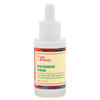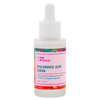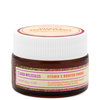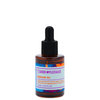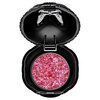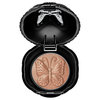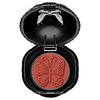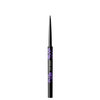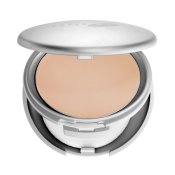
Whether from a childhood incident or acne, we all have a few annoying scars that are impossible to properly conceal. Depending on the depth and size of the original wound, scar tissue forms on top of the skin, sometimes causing a raised—or hypertrophic—appearance. But this growth is part of the skin's natural regenerating process. "Scar tissue replaces normal skin after an injury—it's how the wound heals itself," explains Cover FX president and medical camouflage expert Lee Graff. While scars exist in many textures, they're often smooth because sweat glands and hair follicles don't grow back through scar tissue. With so many variables in wound healing, disguise can sometimes seem difficult. “Remember, the ultimate focus is coverage that looks as natural as possible," says Lee. Check out her tips below to help cover and protect scars—old and new!
1. Heal and protect.
Scars easily darken and can hyperpigment from sun exposure, so your first job is to keep them away from any of those harmful UV rays. Be religious with your SPF!
2. Avoid oil-based primers.
"Stay away from primers or moisturizers that contain oil," advises Lee. "You don't want the surface of your skin to become too slippery, otherwise your pigment won't properly adhere."
3. Match the surrounding skin.
"Scars that start off discolored—red, purple, brown—often become white over time," says Lee. For invisible coverage, match your concealer to the skin surrounding the scar, not the scar itself.
4. Get heavy duty.
To ensure long-lasting wear, use products that claim water, tear, and sweat resistance. Seal your makeup with a setting powder or fixative spray for extra coverage protection.
5. Take it to the next level.
If you're looking for a long-term solution for your scars, Lee recommends looking into other technologies. Resurfacing lasers can remove extra tissue on the surface of the skin, while microdermabrasion uses an electric machine to smooth and contour the surface of the scar. A steroid injection uses anti-inflammatory cortisone to a flatten hypertrophic scarring. Silicone-based gel sheeting—a less extreme alternative—can also help minimize scarring over time by applying a firm pressure to the area. If you’re ready to take drastic measures, you can also cover your scar with a permanent cosmetic tattoo.
BEAUTYLISH RECOMMENDS
Featured Products
You Might Also Like
-

Face
My Perfect Shade: Ethnic Skin Makeup
- 157
-
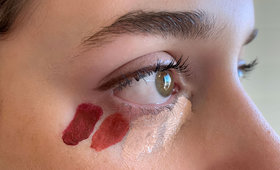
Trends
3 Ombré Concealer Looks for Fall
-
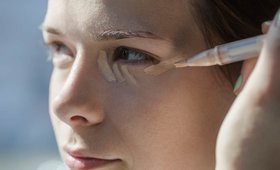
Concealer
Cover Up! Concealer Basics To The Rescue
- 789
-
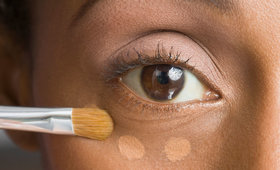
Concealer
Makeup for Beginners: How to Use Concealer
- 1559
-
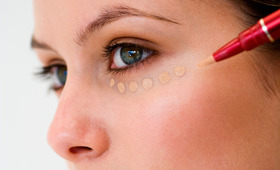
Concealer
Concealer 101
- 599
-
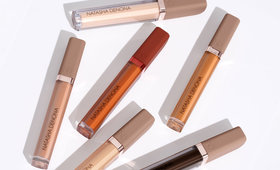
Concealer
In-Depth Review: What You Need to Know About Natasha Denona’s HY-GLAM Concealer
-

Concealer
Find Your Perfect Concealer Shade
- 2574
-

Concealer
5 Concealers That Actually Camouflage Dark Circles
- 309



